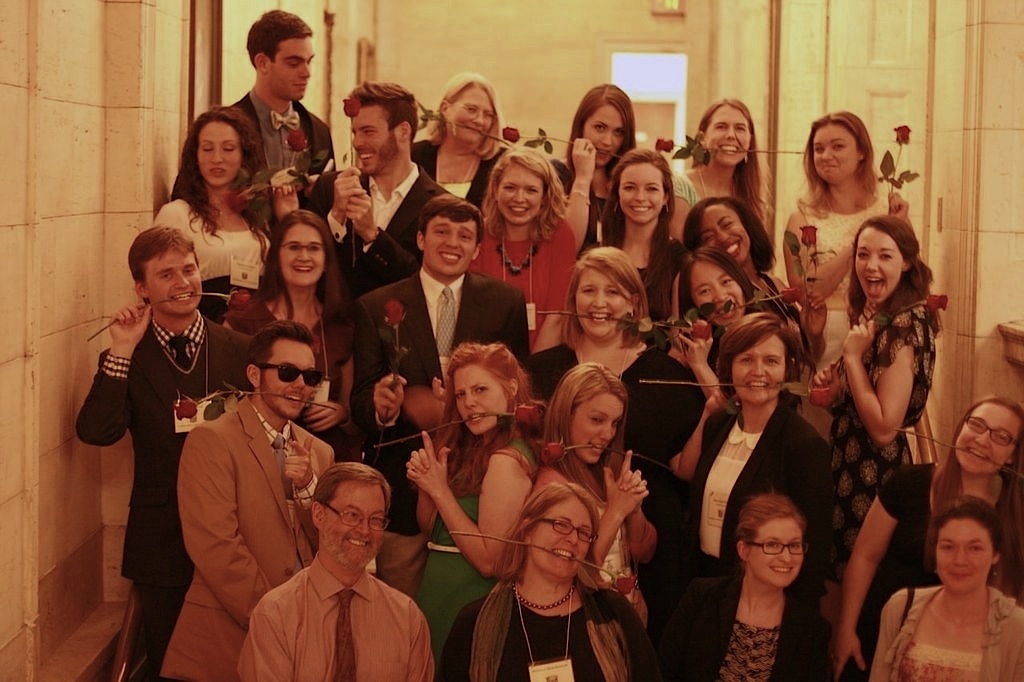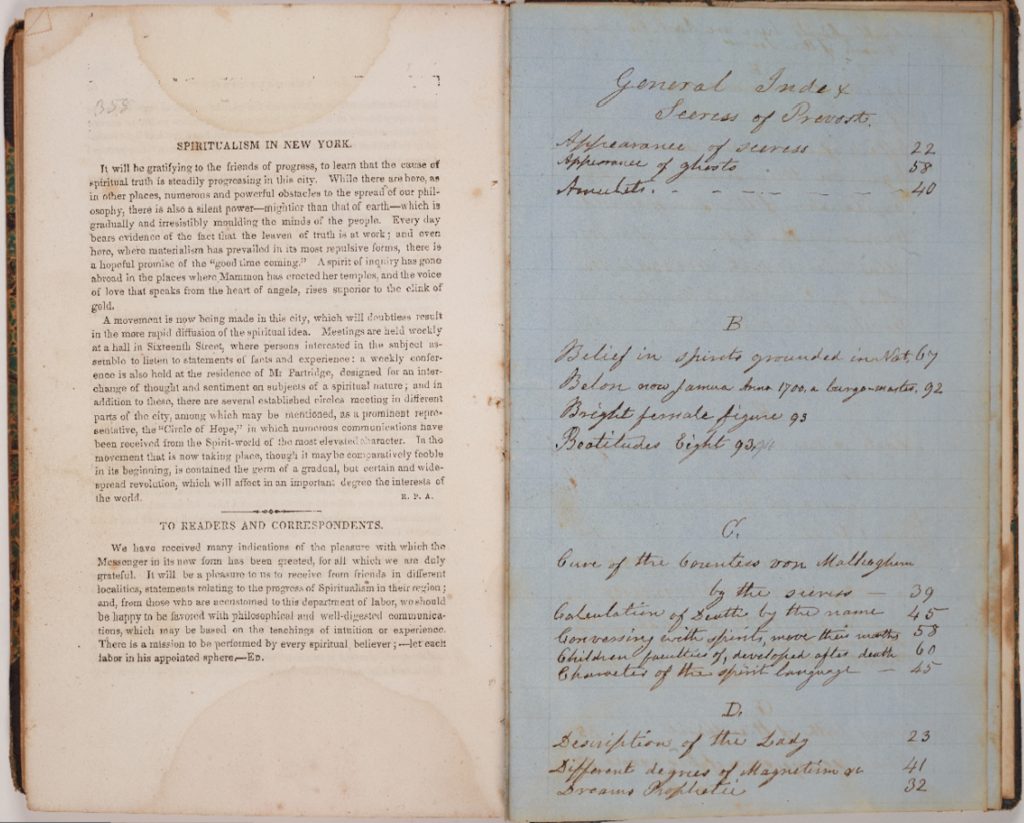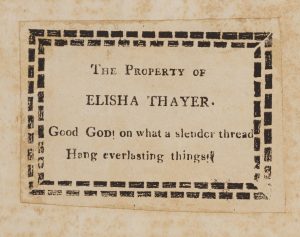 The RBC is pleased to be sponsoring the current Wilson Library exhibition, Imagining the U.S. Civil War 1861-1900, curated by Professor Eliza Richards’s undergraduate seminar in American literature. On April 24, the show opened with a reception, where the 21 student curators fielded questions from some 120 visitors about the over 80 items on display. Organized into categories such as “Union and Confederate Poetry,” “The Suffering of Prisoners,” “African American Literature” and “Women at War,” the diverse materials include memoirs, dime novels, anthologies, photographs, broadsides, periodicals, and even a surgical kit.
The RBC is pleased to be sponsoring the current Wilson Library exhibition, Imagining the U.S. Civil War 1861-1900, curated by Professor Eliza Richards’s undergraduate seminar in American literature. On April 24, the show opened with a reception, where the 21 student curators fielded questions from some 120 visitors about the over 80 items on display. Organized into categories such as “Union and Confederate Poetry,” “The Suffering of Prisoners,” “African American Literature” and “Women at War,” the diverse materials include memoirs, dime novels, anthologies, photographs, broadsides, periodicals, and even a surgical kit.

Professor Eliza Richards led the reading- and research-intensive semester class, and students worked closely with Library staff to create an exhibition that gives a unique perspective on the epochal event through the superb holdings of Wilson Library’s Rare Book Collection, North Carolina Collection, and Southern Historical Collection, as well as the Special Collections at the Health Sciences Library.
The opening took place the day after Unesco’s World Book Day, April 23, the death date of writers William Shakespeare and Miguel de Cervantes. April 23 is also the feast day of St. George, or Sant Jordi, in Catalonia, where it is traditional for a man to present a rose to his beloved. In 1923, a bookseller created an adjunct tradition that caught on, in which a woman gives a book to her loved one. Millions of roses and hundreds of thousands of books are exchanged throughout Spain on April 23.
And so, in gratitude for presenting the public with so many amazing books, the student curators were presented with red roses, which they brandished with great flair for a group photograph.

The exhibition is up for graduation this weekend and continues through July 20.






